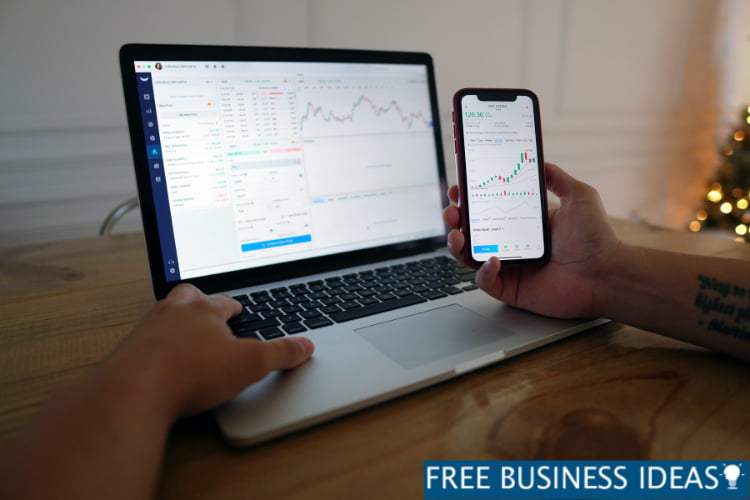Financial markets are currently witnessing a Goldilocks period, which has been a strong incentive for new capital to pour in.
Stocks, indices, commodities, and cryptocurrencies have been trending assets over the past year, especially among retail traders using contracts for difference.
Considering bad news for the economy is expected to be good news for stocks, it would be important to provide an introduction to CFDs and how anyone can use these derivatives to take advantage of short-term price action moves.
CFDs explained
CFDs, or contracts for difference, are financial derivatives that can track a broad range of assets, including currencies, shares, stock market indices, commodities, or cryptocurrencies.
Read:- Struggling as a New Trader? Check the Steps Below
Traders around the world use CFDs to take positions in financial markets, as they allow someone to make a prediction on price movements, without having to own the underlying asset.
Due to the increase in online brokers providing access to CFDs, the industry has grown exponentially over the past several years.
These derivatives are mainly used in the European Economic Area, as well as other regions of the world including the Middle East, Australia, or Asia. The main exception is the USA, where they are not permitted due to local regulations.
Read:- The Smart Way of Interpreting Forex Software Reviews
How CFDs can be used?
Traders typically use CFDs to take advantage of short-term price movements. Volatility has been rising and falling over the past few years. Different events like yield curve inversions in 2019 or the COVID-19 pandemic in 2020 created major swings in asset valuations.
In such conditions, when volatility and uncertainty are elevated, a short-term approach is the most viable, negating most of the downsides of holding assets in the longer run.
At the same time, online broker easyMarkets states that CFDs can represent a hedging tool. Some people with exposure to stock or indices would like to protect their profitability should a market downturn start to unfold. CFDs allow for short-selling, which means traders can generate returns even when valuations drop.
Benefits of trading CFDs
Among the most important benefits associated with CFDs, trading costs should be on top of the list. Most of the brokerages don’t charge commissions anymore, which means the only costs remaining are spreads and overnight swaps.
Major currency pairs (EURUSD, GBPUSD, or USDCHF), as well as popular indices (S&P500 or DAX30), benefit from tight trading costs, considering these are very liquid and heavily traded assets.
Read:- Tips for Choosing the Right Forex Broker
Technological developments had also enabled fast and accurate trade execution from the comfort of your home. Placing accurate trades is important, especially when volatility rises, and CFDs are instruments able to provide this feature.
Are market conditions still favorable?
During the first half of 2021, record-breaking inflows into stocks pushed valuations to extremes. Markets are expected to remain active during the second half, as inflation and the pace of the economic recovery can generate sweep asset repricing. The same goes for the currency markets, where investors are expecting rates to rise in the USA first.
Regardless of the outcome, there is scope for continuous fast-moving asset prices and that creates an environment where CFDs can be used effectively.
